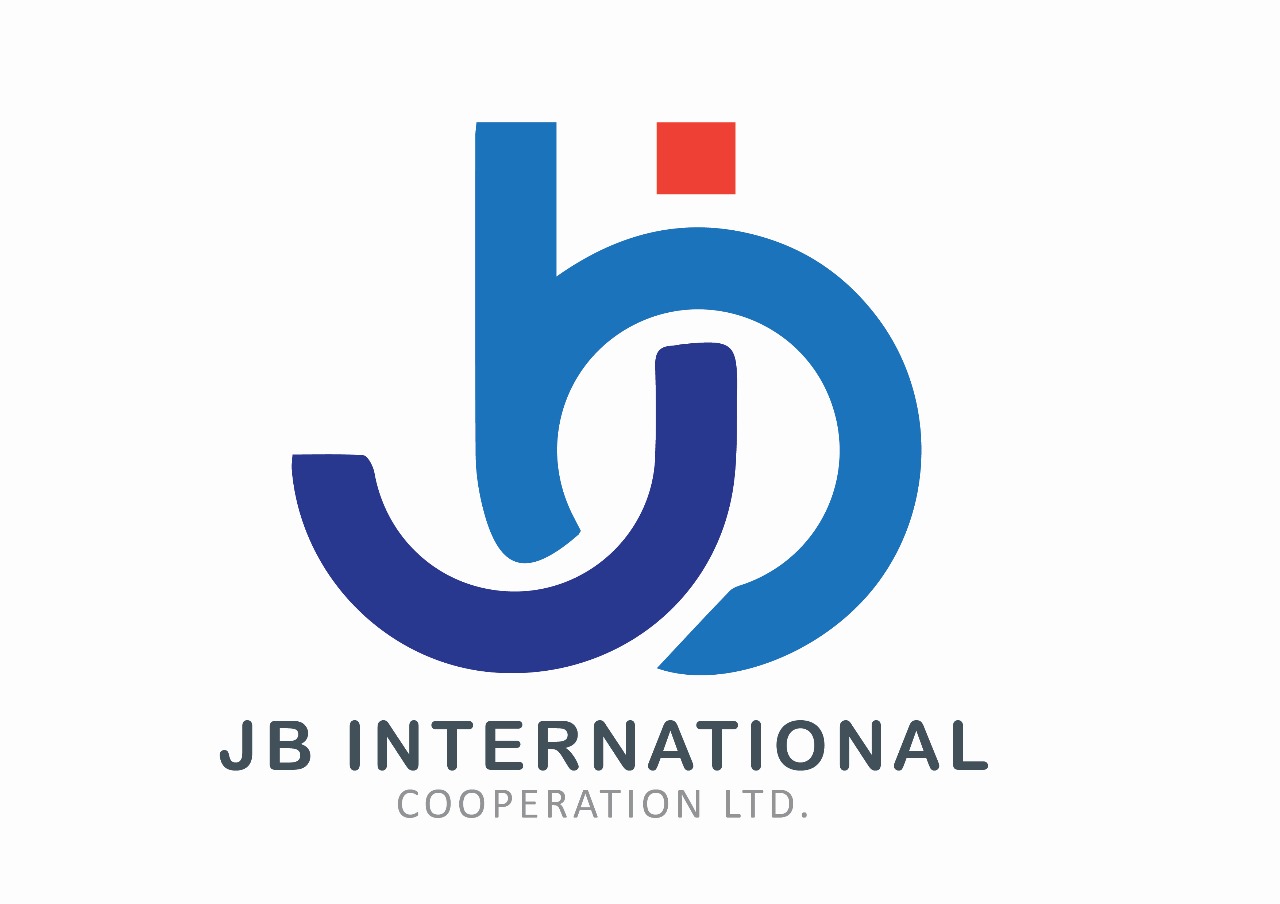Bangladesh Renewable Energy Sector Opportunities
Bangladesh has made some progress over the last two decades in expanding its renewable energy capacity but still has significant untapped potential. As an example, as of 2024, renewable energy accounts for only 4.5% of Bangladesh’s total installed power capacity of 22,215 MW, with solar power representing 80% of the 1,183 MW of total renewable capacity. The Bangladesh government has previously set ambitious goals to increase the share of renewables in its energy mix to 15% by 2030, 40% by 2041, and 100% by 2050. While these targets may be aspirational, making progress towards achieving them will require large investments in and rapid deployment of renewable technologies.
It should be noted that Bangladesh has recently gone through an historic leadership change with the last Prime Minister resigning as a result of nationwide protests, leaving the country the same day. All former ministers have resigned or been removed from their positions and the current Interim Government Administration, led by Bangladeshi Nobel Laureate Dr. Mohammed Yunus, was selected by student protest groups that helped overthrow the past government and is backed by the Bangladesh military. His administration has signaled an interest to combat corruption and reform many industry sectors including the Energy sector.
Bangladesh has substantial potential for solar, wind, and hydropower development, and opportunities for hydropower development. The government has also actively promoted renewable energy development, via initiatives such as rooftop solar on educational facilities, the development of large-scale solar parks, increased use of solar street lights, battery powered rickshaw deployment programs, and the development of solar powered cold storage.
Despite this progress and potential, Bangladesh faces several challenges in scaling up renewable energy. The first is limited land availability as it is the world’s most densely populated nation and available land, particularly for solar energy installations, is very limited. Companies offering solutions that combine renewable energy generation with other activities such as agriculture or which are installed on rooftops may find more applications. The second issue that limits renewable energy development in Bangladesh is the electricity grid’s limited capacity to absorb intermittent renewable energy sources. This may offer opportunities for companies providing smart grid solutions. The market also suffers from a lack of adequate policy frameworks and capacity to pay for new energy solutions and a lack of local capacity to develop and apply renewable technologies.


Add New Comment